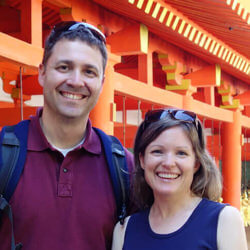Is There a Lot of Walking in Japan?
Today we are answering the question, “Is there a lot of walking in Japan?”
CONTENTS
The short answer is Yes! Japan is a walking-focused society. On our tours, we usually walk five to seven miles (10,000-15,000 steps) every day! And it’s not only walking. There’s a lot of standing, inclines, and also stairs.
Walking in Major Cities
The major cities in Japan are very pedestrian friendly. The sidewalks are mostly flat and there are very few obstacles.
Elevators and Escalators
The major stations have escalators and elevators. Keep in mind that the elevators are sometimes a little small, which could be an issue if you’re traveling with large suitcases. Outside of the major cities, elevators and escalators are not as common.
Sitting and Relaxing
One thing that people on our tours often find surprising is that there are not a lot of places to sit and rest. Even at the parks, there aren’t a lot of park benches to have a seat and relax. Seats on trains are not always available. You’ll often have to stand when you’re riding a train.
Coffee Shops
The best place to take a break is to go to a coffee shop. The coffee shops in Japan are probably the most crowded you’ve ever seen anywhere in the world! This is because they’re some of the only places to actually sit down and relax.
If you’re tired and need to take a break, head to the nearest coffee shop. And then hope there’s a seat available!
Lots of Taxis
There are a lot of taxis in Japan. If you’re tired of walking, you can always hop in a taxi and be off to your next destination.
Visiting Temples, Shrines, and Castles
If you have difficulty walking, then temples, shrines, and castles may be challenging. The highlight of visiting the temples, shrines, and castles is that they are hundreds of years old. Because of this, many of the structures and grounds are maintained using the same techniques as when they were built.
Steep Hills
Temples, shrines, and castles are often located at the top of hills, which means you sometimes have to walk up steep inclines to reach the entrance. The walking paths are usually made of gravel or stone, and are not easy if you are rolling anything, such as a stroller, wheelchair, or a walker.
Stairs and Railings
Stairs are sometimes made out of rocks, logs, or even cuts into the hillside. Most often, there are no railings. If you need railings to climb stairs, then you might want to consider bringing walking sticks.
Castle Stairs
The preserved castles in Japan usually have the original stair design. Because the stairs were designed to keep out intruders, they’re very steep and ladder-like.
The castles that were built later on in the 50s and 60s, after World War II, are usually replicas of the original castle. The replica castles, such as Osaka Castle, have elevators and museums instead of the original interior.
Trails and Hiking
Japan is known for its famous trails, such as the Kumano Kodo and the Nakasendo Trail in the Kiso Valley. These trails are very ancient and very raw. Expect uneven and unpaved paths with lots of loose rocks and tree roots. Some areas have steep inclines and declines, especially on the Kumano Kodo.
Finish What You Started
Keep in mind that the trails are very isolated and have limited cell phone reception. Once you begin a trail, you either need to reach your next destination or turn back to where you started. There are not many opportunities to quit in the middle.
Mount Fuji
Mount Fuji is another famous hike. The trail on Mount Fuji is very rocky and uneven.
The hike can get really crowded. Because the trails are only open a couple months a year, in July, August, and the beginning of September, there are millions of people on the trails.
Need Help Planning Your Trip?
For more details about all these locations, including what to see and where to stay, join our Itinerary Planning Course.
Subscribe
Subscribe to our YouTube Channel for more answers to your questions about traveling Japan.
Disclaimer: There are affiliate links in this article. This means that if you make a purchase after clicking on these links, we may receive a small commission at no extra cost to you. We have no association with the companies or the products reviewed. These are our own opinions of top travel products.



 @JAPANandmore
@JAPANandmore 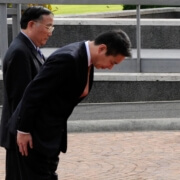
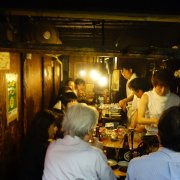 ©JAPANandmore.com
©JAPANandmore.com 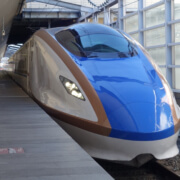
 Ministry of Foreign Affairs of Japan
Ministry of Foreign Affairs of Japan 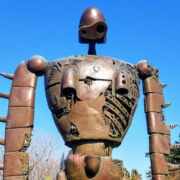 @JAPANandmore
@JAPANandmore 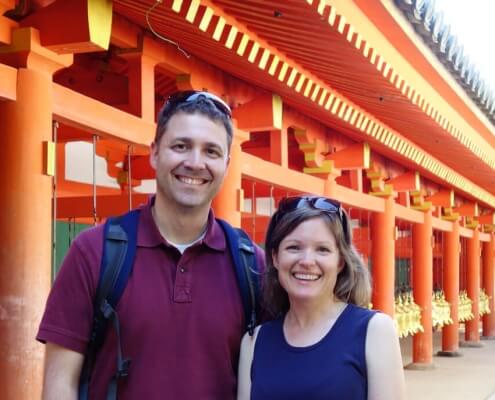




 @JAPANandmore
@JAPANandmore ©JAPANandmore.com
©JAPANandmore.com